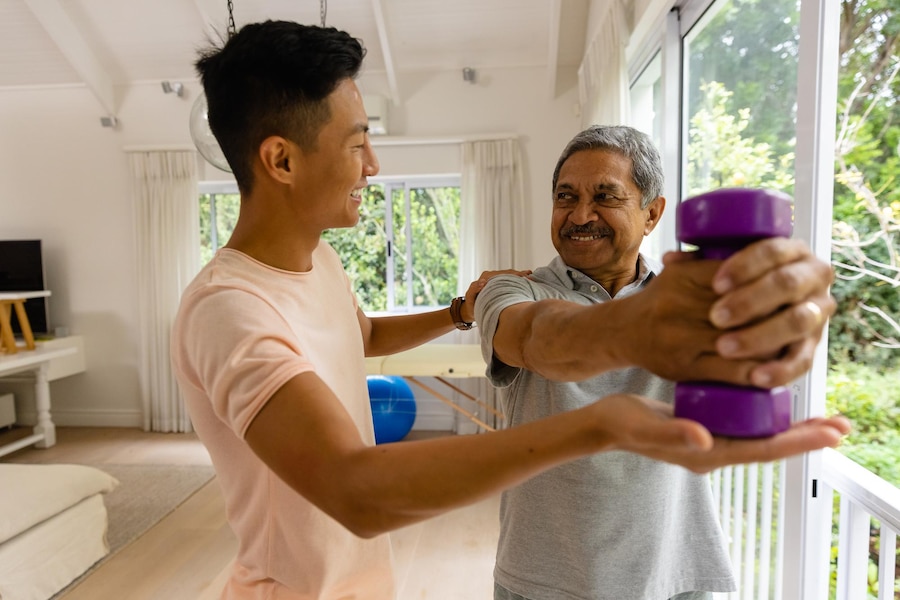A person’s emotions are related to his motion – words spoken by Amitabh Bachan, portraying a 80 plus elderly man- in the movie Piku.
Constipation is a major ailment affecting the day to day activities of many elders in our community. And not surprisingly, it is a universal phenomenon.
Laxatives are the most abused medicines in elderly after pain killers. Such is the impact of constipation that elders go into extensive diagnostic procedures and tests to find the cause of constipation, when the solution might be just a simple change in the diet or the way they sit in the commode to pass motion.

What is constipation ?
Let us now try to understand constipation in medical terms. Constipation is not only hard stools or straining while passing stools. It also includes feeling of incomplete evacuation at the end of passing motion, sensation of obstruction or blockade, less than three defecations per week or use of fingers(digital maneuvers) to help get stool out.
Is constipation part of normal ageing ?
As we age, our intestinal system undergoes changes. Transit time– time taken by the food to reach from mouth to anus – increases. This means that food stays within the body for more time and body needs more time to digest the food. As food remains longer, there are more chances of stool getting harder. A person who has been passing motion daily now may be passing motion without any difficulty once in 2 days. This is not constipation.
But it is true that in spite of not having any risk factor for getting constipation, elders tend to be more constipated than rest of the population.
Causes for Constipation

Low Fiber Diet
Modified diet that elders often are on, typically has low fiber. Increasing the amount of fiber in the diet can lead to improved transit time and hence lesser constipation. High fiber also helps in maintaining hydration of stools and hence risk of hard stools reduces.
How much Fiber to take?
Daily recommended fiber intake is 20- 35 gms of fiber every day. The usual south Indian Diet will contain around 10-15 gms of fiber. This means that an elder has to increase the fiber intake by around 100 percent.It is recommended that we try to increase the fiber intake by 5gms per day until the required level is reached. It is also important that elders learn how to read food labels and understand the fiber content of food they use. Insoluble fibers are preferred to soluble fibers in preventing constipation.

Less physical Activity
Ageing causes problems in mobility. From normal aches and pains to severe arthritis, elders find themselves unable to move around. In case of home bound and bed bound elders, constipation is a chronic problem.
Walking is an easy to do exercise. 30-40 minutes of even interrupted walking is enough to stimulate gut motility.
Medications
Some of medications elders are likely to take can contribute to constipation. Calcium supplements, Iron tablets, Antacids are the common innocent looking culprits. You need to discuss with the your physician whether any tablets you are on can cause constipation

Chronic Diseases
Chronic disease like Diabetes Mellitus, hypothyroidism, depression and dementia can interfere with bowel activities. While some of the issues of bowel due to chronic disease can be managed by managing the disease itself, taking laxatives is an effective way to ensure regular bowel movements. Chronic diseases like Osteoarthritis and Osteoporosis effect mobility, indirectly contributing to constipation.
Ways to prevent Constipation
Bowel Training
- Most of us with a regular bowel pattern empty their bowels at approximately the same time every day.
- The optimal times to have a bowel movement typically are soon after waking and after meals, when colonic activity is greatest.
- Try to attempt defecation first thing in the morning, when the bowel is more active, and 30 minutes after meals, to take advantage of the gastro-colic reflex.
Sitting Position in Commode

Ideally the human body is designed to defecate in squatting position. Sitting on western commode is not the ideal posture to pass motion. Sitting posture is safe as far as elders are concerned and is recommended highly for people with heart problems and with arthritis and pain. Modification of sitting posture to almost squatting position helps in adding the benefit of sitting with advantages of squatting. Use of a low height plastic stool to flex your hip and bending forward to almost 35-40 degree will mimic the squatting position. Talk to your physician to know more about it.


Laxatives
All laxatives are not the same. Laxatives should be prescribed by your physician after carefully examining your bowel habits and lifestyle.
About the Author: Dr Rahul Padmanabhan is consultant in Geriatrics and Gerontology based in Coimbatore.



